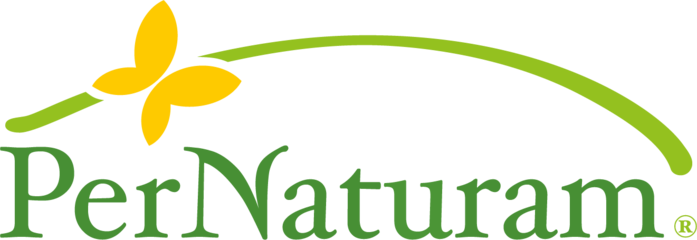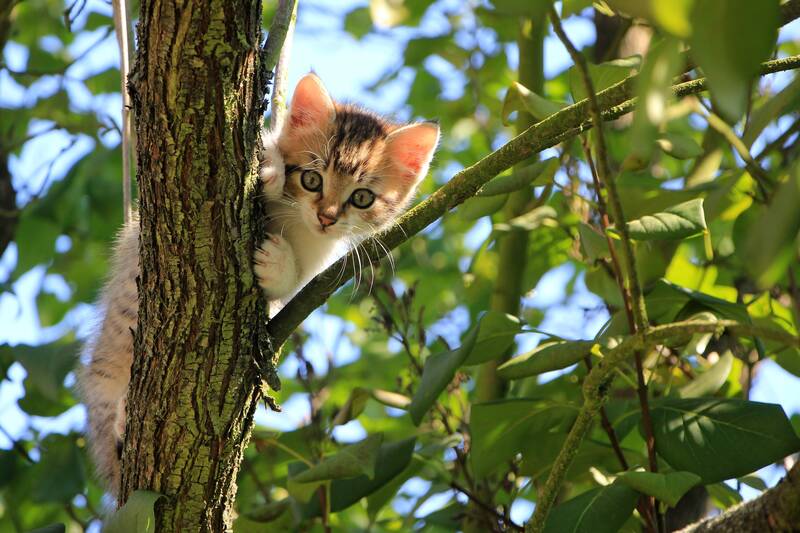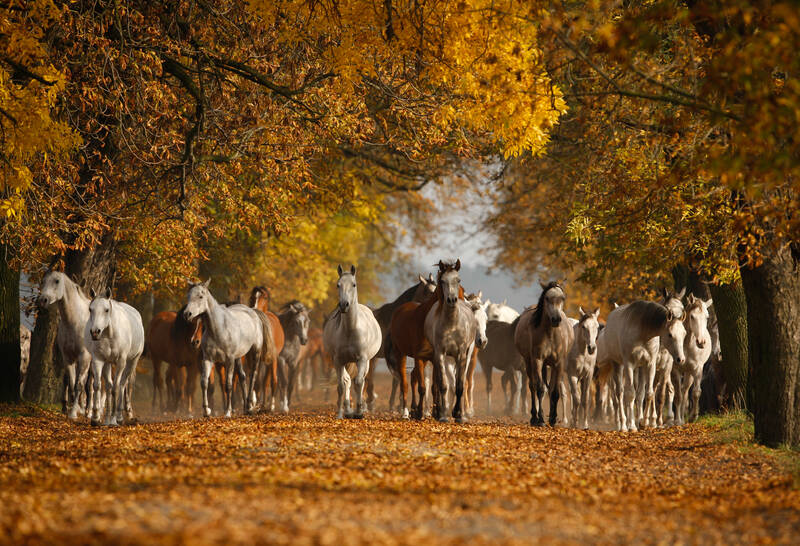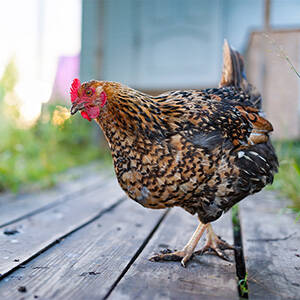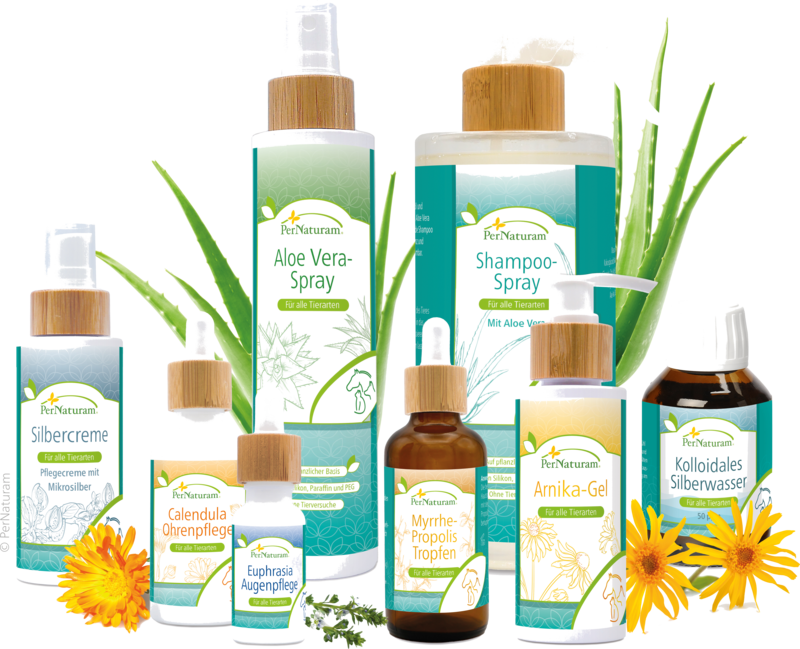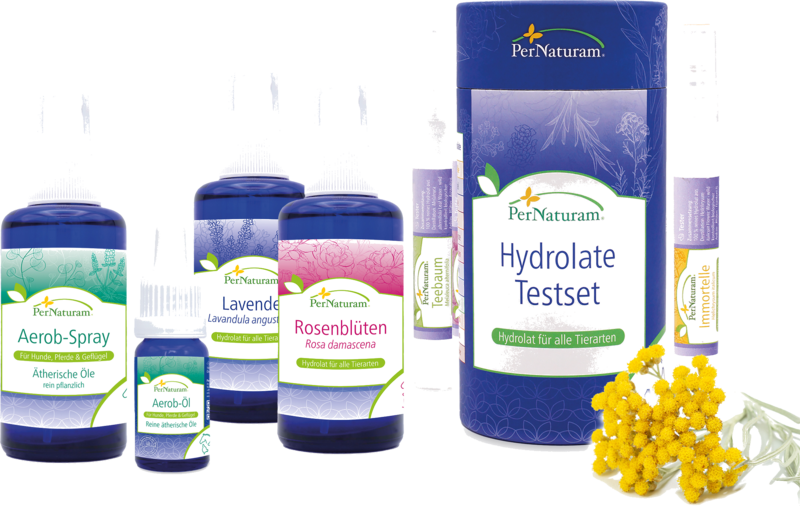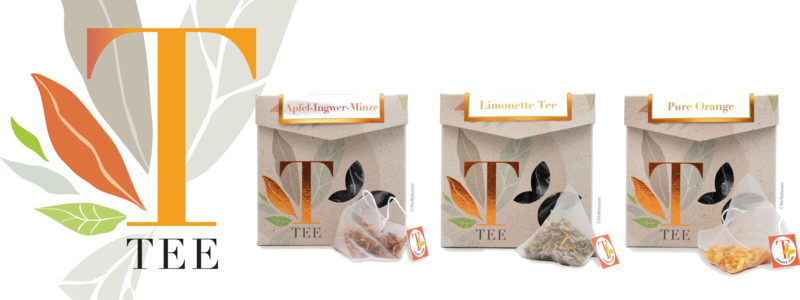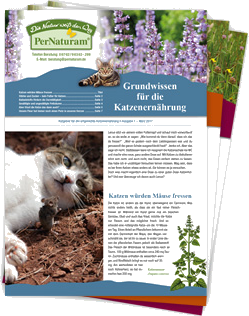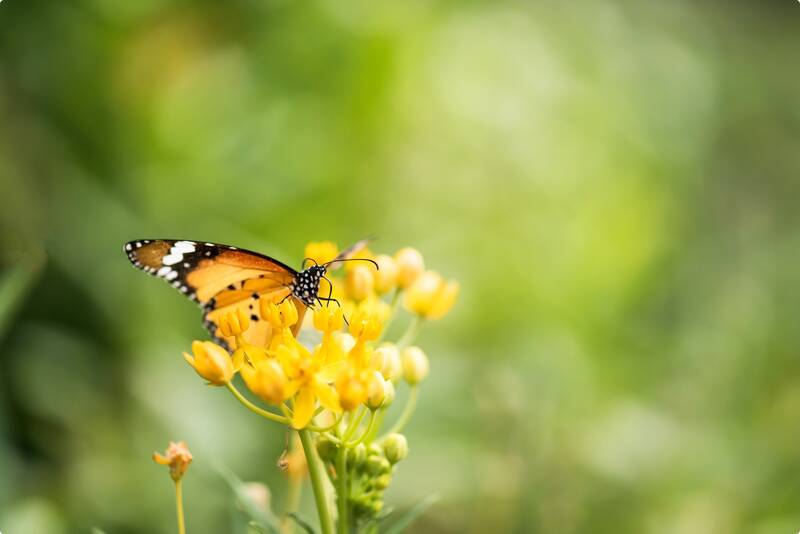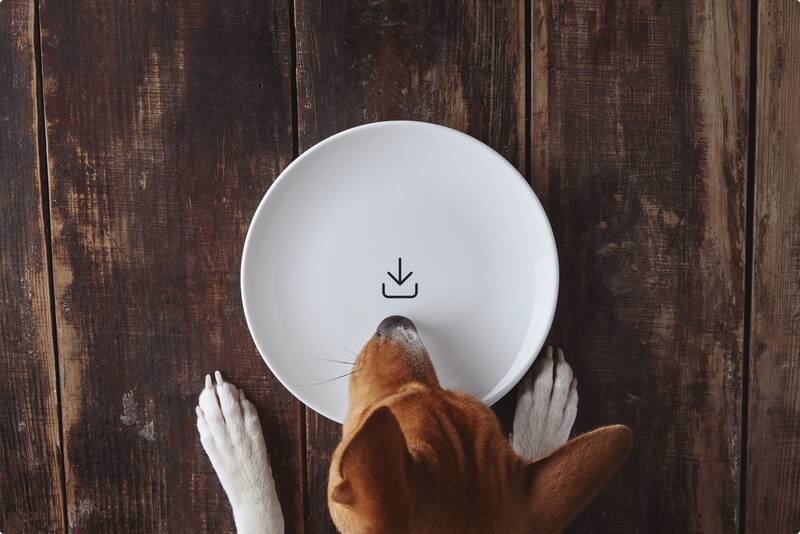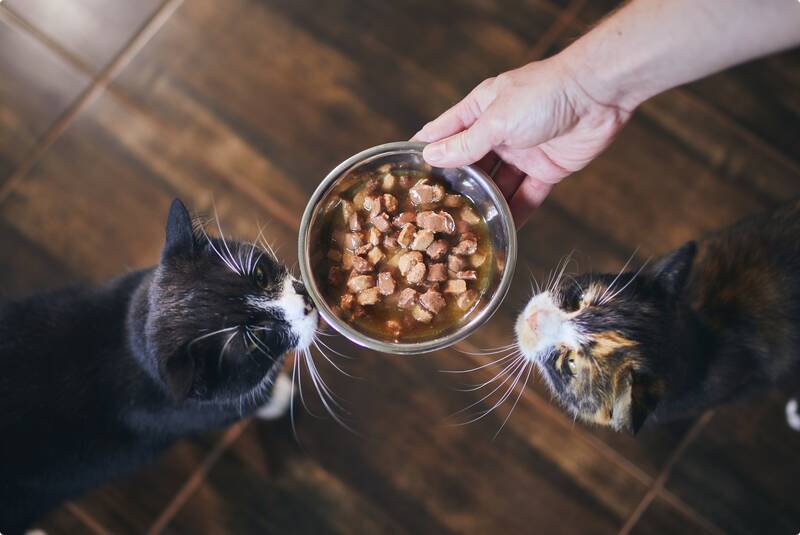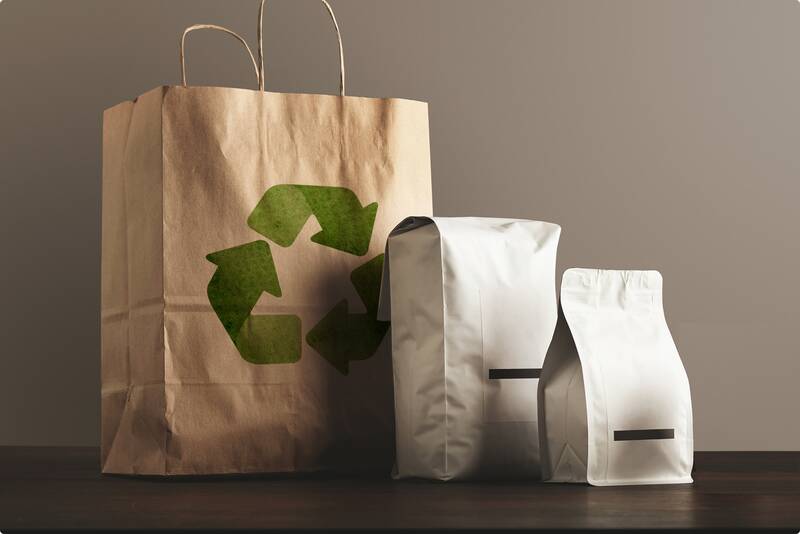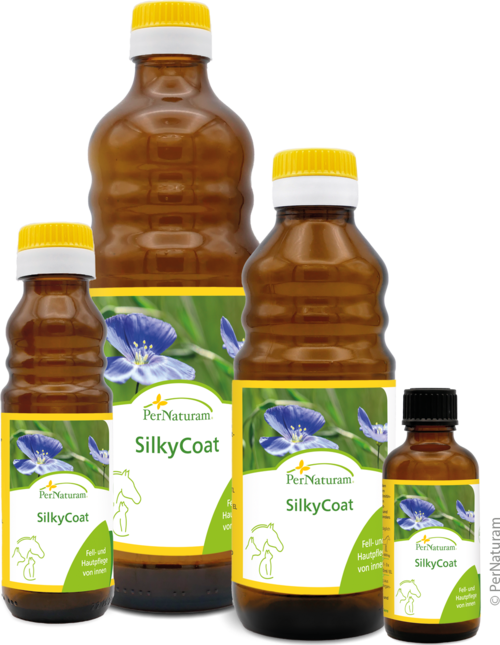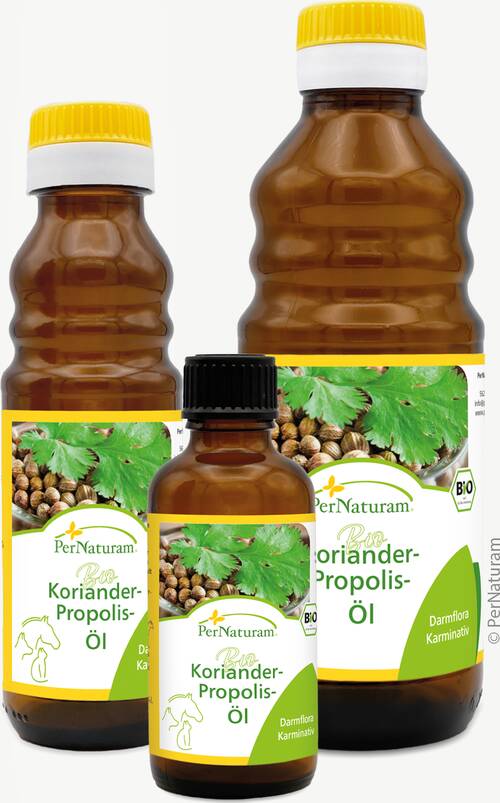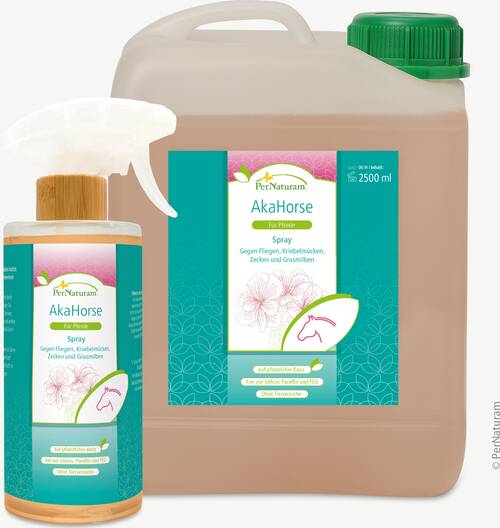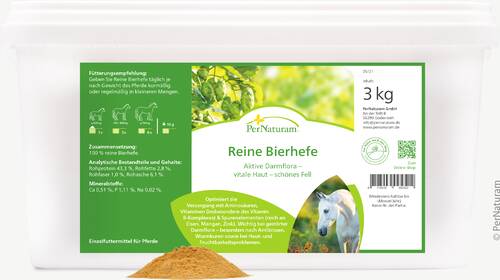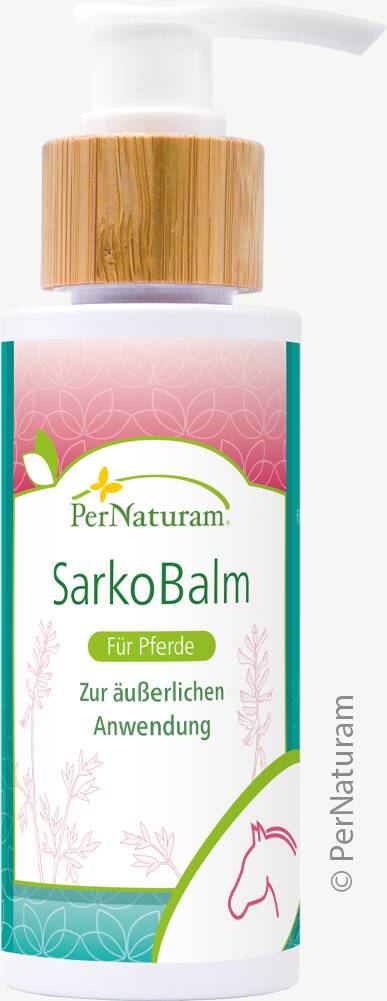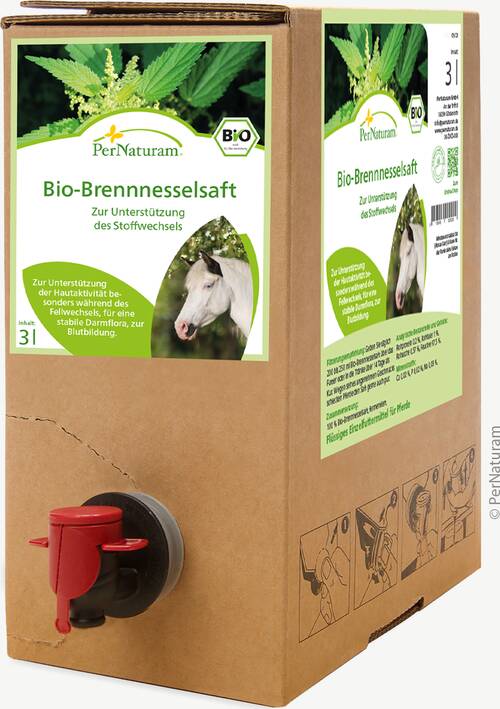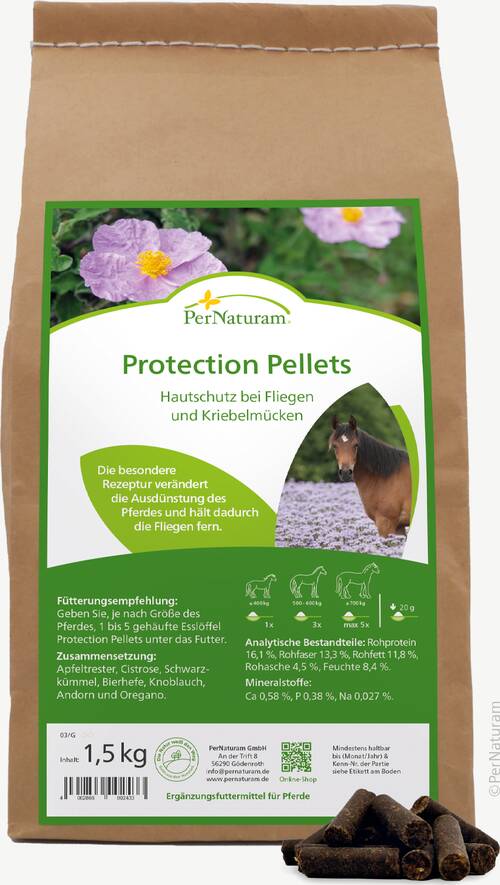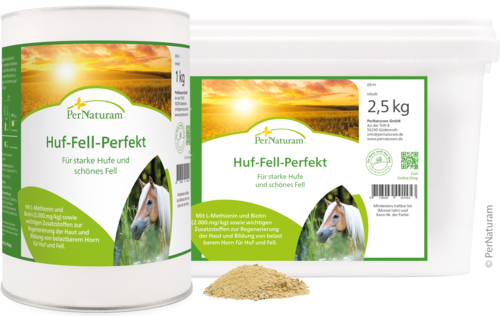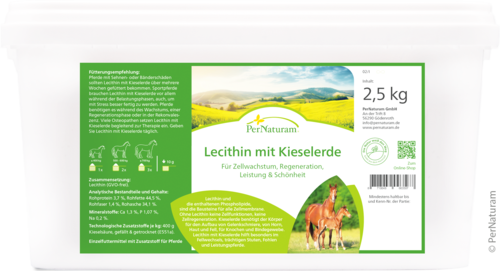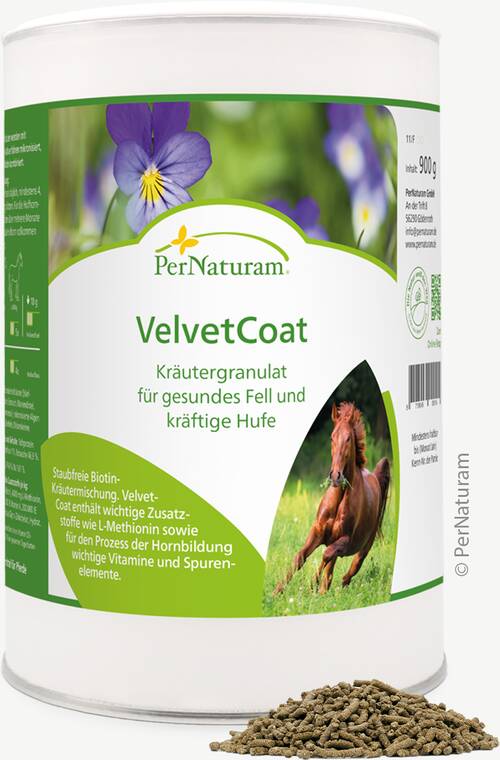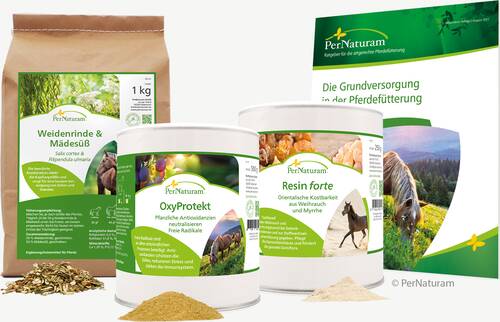Skin and fur enclose the entire organism. As a comprehensive organ, they reflect the overall state of health and also allow conclusions to be drawn about the nutritional situation of the horse.
From the condition of the skin, the structure and quality of the fur and the hooves, therapists can draw numerous conclusions about the nutritional situation and the state of health. A hair analysis can even determine the nutrient supply, especially with minerals and trace elements, but also the level of toxins.
A horse's hooves are vital to its health, they must support the horse's weight and cushion the impact of each step or jump to prevent permanent damage to the joints. For the horse as a prey animal, the quality of the hooves was crucial for survival, for working and riding horses stable hooves were an essential selection criterion in breeding. Skin, fur and hooves are therefore the mirror of health.
This brings us back to our holistic view. Problems such as scaly skin, eczema, a dull coat, poor pigmentation, hair loss are also signs of a disturbed intestinal flora, metabolic problems or an unbalanced diet. Most of the time, one thing causes the other, a vicious circle that needs to be broken. Older horses with slower metabolisms can show skin and coat problems even with good feeding. Here the supply of all nutrients for the formation of horn and coat is necessary. This relieves the metabolism, especially the liver. In addition to minerals, trace elements and vitamins, the sulfur-containing amino acid L-methionine is essential for horn formation and must be included in the daily feed. During or after the change of coat, a drainage should be carried out, which also revitalizes and improves the metabolism. This is also important for eczema horses and horses with other skin, coat or hoof problems.




